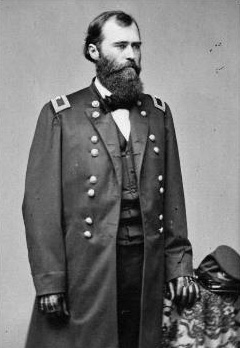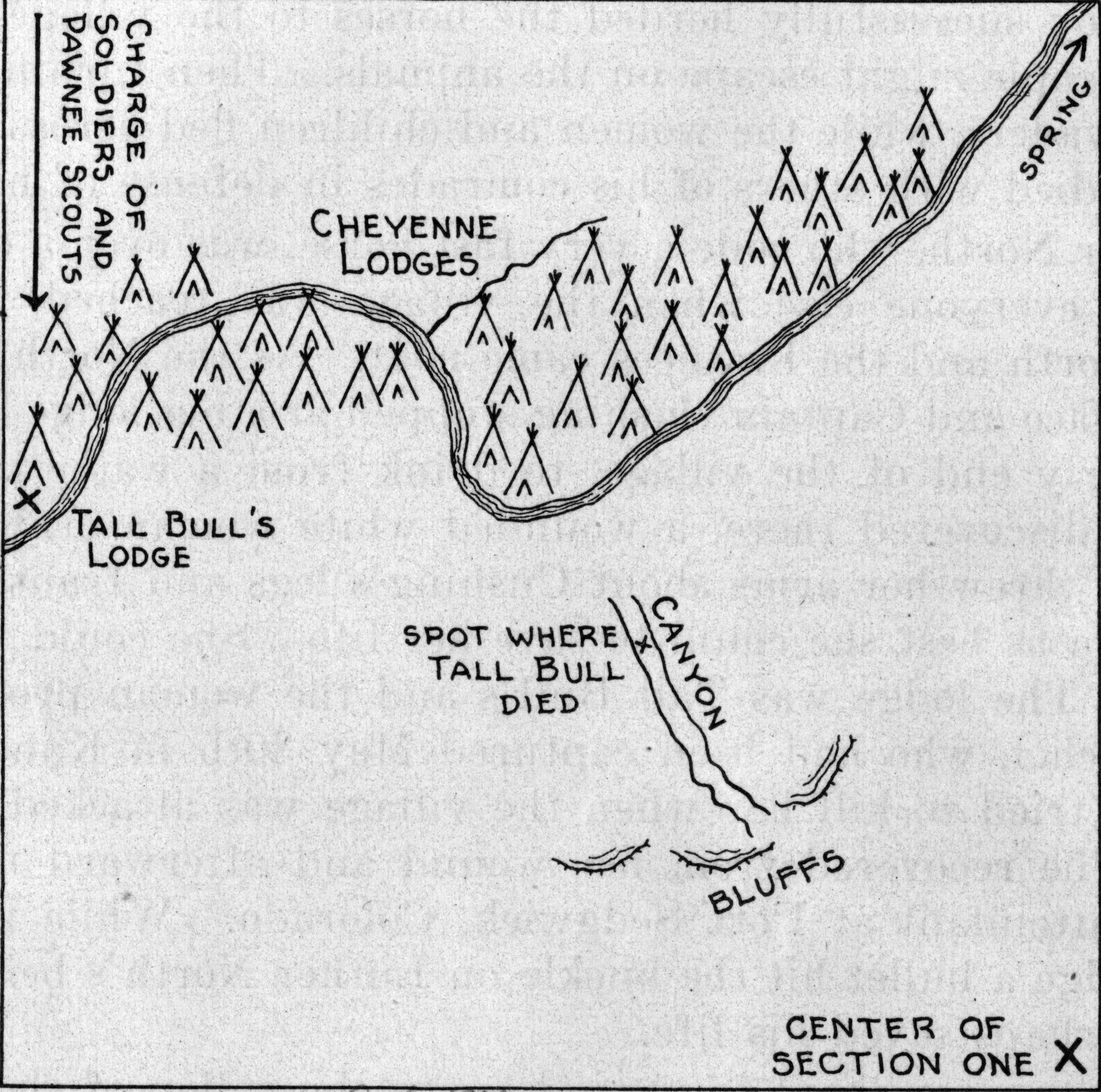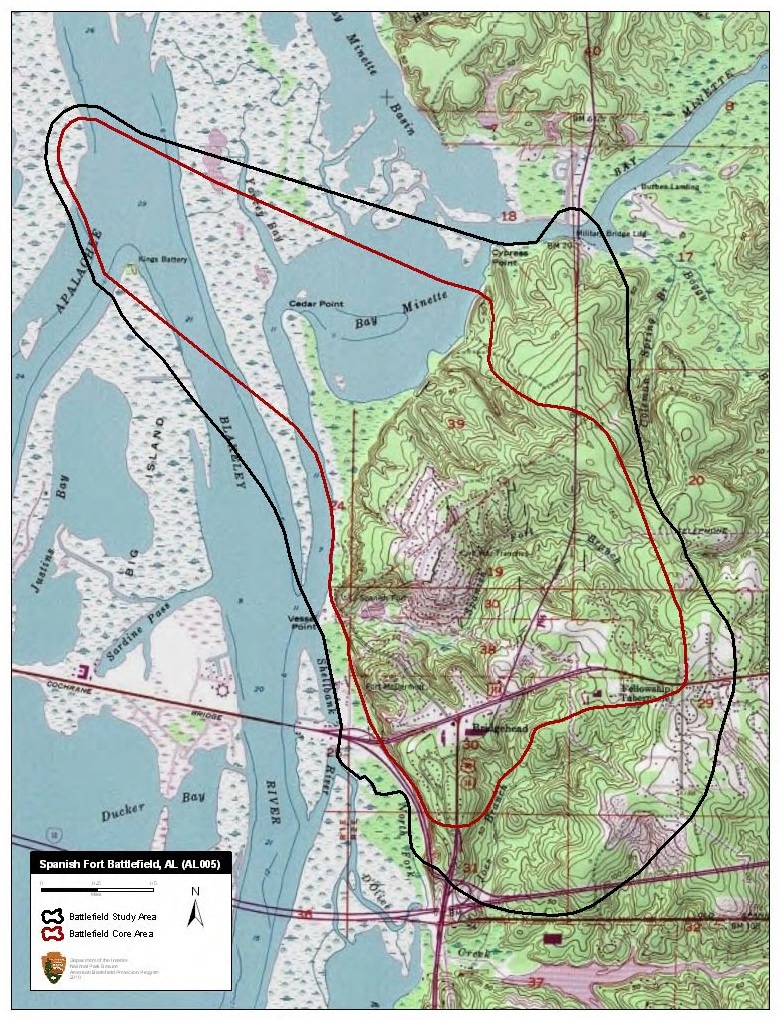|
Eugene Carr
Eugene Asa Niel Carr (March 20, 1830 – December 2, 1910) was a soldier in the United States Army and a general in the Union Army during the American Civil War. He was awarded the Medal of Honor for his actions at the Battle of Pea Ridge. Early life Carr was born in Hamburg, New York. He graduated from the United States Military Academy at West Point, New York, in 1850, 19th in a class of 44 cadets. He was appointed a brevet second lieutenant in the Regiment of Mounted Riflemen and served in the Indian Wars until 1861. On October 3, 1854, Carr first saw combat in the Battle of the Diablo Mountains. By 1861, he had been promoted to captain (June 11, 1858) in the old 1st U.S. Cavalry (later designated the 4th U.S.) and command of Fort Washita in the Indian Territory.Eicher, pp. 164–65. Civil War During the Civil War, Carr's first combat was at the Battle of Wilson's Creek on August 10, 1861.Warner, pp. 70–71. He was appointed colonel of the 3rd Illinois Cavalry six days late ... [...More Info...] [...Related Items...] OR: [Wikipedia] [Google] [Baidu] |
Hamburg (town), New York
Hamburg is a Town (New York), town in Erie County, New York, Erie County, New York (state), New York, United States. As of the 2010 census, the town had a population of 56,936. It is named after the city of Hamburg, Germany. The town is on the western border of the county and is south of Buffalo, New York, Buffalo. Hamburg is one of the Southtowns in Erie County. The Village (New York), villages of Hamburg (village), New York, Hamburg and Blasdell, New York, Blasdell are in the town. History Historical evidence shows the area was settled originally by the Erie people. Around 1805 the settlement was known as "Barkerville", named after Zenas Barker, the postmaster. The earliest settlers were Nathaniel Titus and Dr. Ruth Belden in 1804, and the first landowner in the area was John Cummings, who built the first grist mill in 1806. The town of Hamburg was formed by government decree on March 20, 1812, from the (now defunct) town of Willink, New York, Willink. The first town meet ... [...More Info...] [...Related Items...] OR: [Wikipedia] [Google] [Baidu] |
Bleeding Kansas
Bleeding Kansas, Bloody Kansas, or the Border War was a series of violent civil confrontations in Kansas Territory, and to a lesser extent in western Missouri, between 1854 and 1859. It emerged from a political and ideological debate over the legality of slavery in the proposed state of Kansas. The conflict was characterized by years of electoral fraud, raids, assaults, and murders carried out in the Kansas Territory and neighboring Missouri by proslavery "border ruffians" and antislavery " free-staters". According to ''Kansapedia'' of the Kansas Historical Society, 56 political killings were documented during the period, and the total may be as high as 200. It has been called a Tragic Prelude, or an overture, to the American Civil War, which immediately followed it. The conflict centered on the question of whether Kansas, upon gaining statehood, would join the Union as a slave state or a free state. The question was of national importance because Kansas's two new senators ... [...More Info...] [...Related Items...] OR: [Wikipedia] [Google] [Baidu] |
Battle Of Cibecue Creek
The Battle of Cibecue Creek was an engagement of the Apache Wars, fought in August 1881 between the United States and White Mountain Apaches in Arizona, at Cibecue Creek on the Fort Apache Indian Reservation. After an army expedition of scouts, U.S. Army soldiers 'arrested' a prominent Cibecue Apache medicine man named Nock-ay-det-klinne. The U.S. Army soldiers were taking Nock-ay-det-klinne back to the fort when they were ambushed by Apache warriors. During the conflict, the U.S. Army soldiers killed Nock-ay-det-klinne. Most of the 23 Apache scouts mutinied, in the largest such action of its kind in U.S. history. The soldiers retreated to Fort Apache. The following day, the White Mountain Apache mounted a counter-attack. The events sparked general unrest and led to White Mountain Apache warriors leaving the Fort Apache Indian Reservation to join forces with the Apache leader of the Bedonkohe band of Chiricahua Apache named Goyahkla, better known as Geronimo. Background Nock- ... [...More Info...] [...Related Items...] OR: [Wikipedia] [Google] [Baidu] |
Battle Of Slim Buttes
The Battle of Slim Buttes was fought on September 9–10, 1876, in the Great Sioux Reservation between the United States Army and Miniconjou Sioux during the Great Sioux War of 1876. It marked the first significant victory for the army since the stunning defeat of General George Custer at the Battle of Little Bighorn in June. Background Following the Little Bighorn debacle, Lieutenant General Philip H. Sheridan, commanding the Department of Missouri, ordered the U.S. Army to convince the hostile Indians to return to their reservations. Generals Alfred Terry and George Crook took up an unsuccessful late summer chase of the Lakota and Cheyenne. The campaign resumed on August 5, and on August 10 the combined force, leaving its wagon train behind to unencumber the pursuit, moved east toward the Black Hills. Bad weather, extreme muddy conditions on the trail, and overtaxed men and animals led to the combined force breaking up on August 18, with Terry's men returning to their bas ... [...More Info...] [...Related Items...] OR: [Wikipedia] [Google] [Baidu] |
Battle Of Summit Springs
The Battle of Summit Springs, on July 11, 1869, was an armed conflict between elements of the United States Army under the command of Colonel Eugene A. Carr and a group of Cheyenne Dog Soldiers led by Tall Bull, who was killed during the engagement. The US forces were assigned to retaliate for a series of raids in north-central Kansas by Chief Tall Bull's Dog Soldiers band of the Cheyenne. The battle happened south of Sterling, Colorado in Washington County near the Logan/Washington county line. Battle After Pawnee Scouts under Major Frank North led his command to Tall Bull's village, Colonel Carr, a veteran campaigner known as "The Black-Bearded Cossack", deployed his forces carefully so that they hit the unsuspecting camp from three sides at once. He had 244 men of the 5th United States Regiment of Cavalry and 50 Pawnee Scouts.Berthrong, p. 343 Captain Luther North of the Pawnee Scout Battalion related this incident in the book ''Man of the Plains'': About a half mile fro ... [...More Info...] [...Related Items...] OR: [Wikipedia] [Google] [Baidu] |
Battle Of Fort Blakely
The Battle of Fort Blakeley took place from April 2 to April 9, 1865, in Baldwin County, Alabama, about north of Spanish Fort, Alabama, as part of the Mobile Campaign of the American Civil War. At the time, Blakeley, Alabama, had been the county seat of Baldwin County. The Battle of Blakeley was the final major battle of the Civil War, with surrender just hours after Grant had defeated Lee at Appomattox on the morning of April 9, 1865. Mobile, Alabama, was the last major Confederate port to be captured by Union forces, on April 12, 1865. After the assassination of President Lincoln on April 15, 1865, other Confederate surrenders continued into May 1865. Course of the battle Maj. Gen. Edward Canby's Union forces, the XVI and XIII Corps, moved along the eastern shore of Mobile Bay, forcing the Confederates back into their defenses. Union forces then concentrated on Spanish Fort, Alabama, and nearby Fort Blakeley. By April 1, Union forces had enveloped Spanish Fort, thereb ... [...More Info...] [...Related Items...] OR: [Wikipedia] [Google] [Baidu] |
Battle Of Spanish Fort
The Battle of Spanish Fort took place from March 27 to April 8, 1865, in Baldwin County, Alabama, as part of the Mobile Campaign of the Western Theater of the American Civil War. After the Union victory in the Battle of Mobile Bay, Mobile nevertheless remained in Confederate hands. Spanish Fort was heavily fortified as an eastern defense to the city of Mobile. Fort Huger, Fort (Battery) Tracey, Fort (Battery) McDermott, Fort Alexis, Red Fort, and Old Spanish Fort were all part of the Mobile defenses at Spanish Fort. Battle Union forces embarked on a land campaign in early 1865 to take Mobile from the east. Maj. Gen. E.R.S. Canby's XIII and XVI corps crossed the Fish River at Marlow Ferry, and moved along the eastern shore of Mobile Bay forcing the Confederates back into their defenses. Union forces then concentrated on Spanish Fort and Fort Blakely, five miles to the north. On March 27, 1865, Canby’s forces rendezvoused at Danley's Ferry and immediately undertook a si ... [...More Info...] [...Related Items...] OR: [Wikipedia] [Google] [Baidu] |
Camden Expedition
The Camden Expedition (March 23 – May 3, 1864) was the final campaign conducted by the Union Army in Arkansas during the Civil War. The offensive was designed to cooperate with Major-General Nathaniel P. Banks' movement against Shreveport. Overview The U.S. War Department, under the direction of Secretary of War Edwin M. Stanton, had developed a very strategic goal to reassert Union control over Arkansas, Louisiana, and Texas. This was part of a much larger effort to move simultaneously against Confederate forces in a number of theaters. Separate Union columns were to destroy the remaining Southern troops in southern Arkansas and northern Louisiana, then join for an all-out push into Texas, essentially ending the war in that region. The Arkansas phase of this Red River Campaign was entitled the Camden Expedition, an effort endorsed by Lieut. Gen. Ulysses S. Grant. The plan called for Maj. Gen. Frederick Steele's force to march to Shreveport, Louisiana, where it would link ... [...More Info...] [...Related Items...] OR: [Wikipedia] [Google] [Baidu] |
Siege Of Vicksburg
The siege of Vicksburg (May 18 – July 4, 1863) was the final major military action in the Vicksburg campaign of the American Civil War. In a series of maneuvers, Union Maj. Gen. Ulysses S. Grant and his Army of the Tennessee crossed the Mississippi River and drove the Confederate Army of Mississippi, led by Lt. Gen. John C. Pemberton, into the defensive lines surrounding the fortress city of Vicksburg, Mississippi. Vicksburg was the last major Confederate stronghold on the Mississippi River; therefore, capturing it completed the second part of the Northern strategy, the Anaconda Plan. When two major assaults against the Confederate fortifications, on May 19 and 22, were repulsed with heavy casualties, Grant decided to besiege the city beginning on May 25. After holding out for more than forty days, with their supplies nearly gone, the garrison surrendered on July 4. The successful ending of the Vicksburg campaign significantly degraded the ability of the Confederacy to maintai ... [...More Info...] [...Related Items...] OR: [Wikipedia] [Google] [Baidu] |
Battle Of Champion's Hill
The Battle of Champion Hill of May 16, 1863, was the pivotal battle in the Vicksburg Campaign of the American Civil War (1861–1865). Union Army commander Maj. Gen. Ulysses S. Grant and the Army of the Tennessee pursued the retreating Confederate States Army under Lt. Gen. John C. Pemberton and defeated it twenty miles to the east of Vicksburg, Mississippi, leading inevitably to the siege of Vicksburg and surrender. The battle is also known as Baker's Creek. Background Following the Union occupation of Jackson, Mississippi, on May 14, both Confederate and Federal forces made plans for future operations. General Joseph E. Johnston, commanding all Confederate forces in Mississippi, retreated with most of his army up the Canton Road. However, he ordered Lt. Gen. John C. Pemberton, commanding three divisions totaling about 23,000 men, to leave Edwards Station and attack the Federals at Clinton. Pemberton and his generals felt that Johnston's plan was likely to result in disaste ... [...More Info...] [...Related Items...] OR: [Wikipedia] [Google] [Baidu] |
Battle Of Port Gibson
The Battle of Port Gibson was fought near Port Gibson, Mississippi, on May 1, 1863, between Union and Confederate forces during the Vicksburg Campaign of the American Civil War. The Union Army was led by Maj. Gen. Ulysses S. Grant, and was victorious. Background Grant launched his campaign against Vicksburg, Mississippi, in the spring of 1863, starting his army south from Milliken's Bend on the west side of the Mississippi River. He intended to storm Grand Gulf, while his subordinate Maj. Gen. William T. Sherman and the XV Corps deceived the main army in Vicksburg by feigning an assault on the Yazoo Bluffs. Grant would then detach Maj. Gen. John A. McClernand's XIII Corps to Maj. Gen. Nathaniel P. Banks at Port Hudson, Louisiana, while Sherman hurried to join Grant and James B. McPherson and the XVII Corps for an inland move against the railroad. The Union fleet, however, failed to silence the Confederate batteries at Grand Gulf. Grant then sailed farther south and began cross ... [...More Info...] [...Related Items...] OR: [Wikipedia] [Google] [Baidu] |
Battle Of Pea Ridge
The Battle of Pea Ridge (March 7–8, 1862), also known as the Battle of Elkhorn Tavern, took place in the American Civil War near Leetown, northeast of Fayetteville, Arkansas. Federal forces, led by Brig. Gen. Samuel R. Curtis, moved south from central Missouri, driving Confederate forces into northwestern Arkansas. Maj. Gen. Earl Van Dorn had launched a Confederate counteroffensive, hoping to recapture northern Arkansas and Missouri. Curtis held off the Confederate attack on the first day and drove Van Dorn's force off the battlefield on the second. The battle was one of the few in which a Confederate army outnumbered its opponent. By defeating the Confederates, the Union forces established Federal control of most of Missouri and northern Arkansas. Background Union forces in Missouri during the latter part of 1861 and early 1862 had pushed the Confederate Missouri State Guard under Maj.-Gen. Sterling Price out of the state. By spring 1862, Federal Brig. Gen. Samuel R. C ... [...More Info...] [...Related Items...] OR: [Wikipedia] [Google] [Baidu] |








